I made a stop at Bradford Beach around noon after a nice variety of shorebirds were reported in the area earlier in the day. At Bradford Beach all that was present were Sanderlings, about 20 of them scattered across the entire length of the beach. They were all feeding continually while I was there. They are always fun to watch running up and down the shoreline following the waves coming in and out. The waves were very high, enough for folks to be out board surfing. A juveniles except for 1 female breeding adult, those images are on the bottom here. Images were taken on September 10, 2014.
Sanderling
Binomial name: Calidris alba
Category: Sandpipers, Phalaropes, and Allies
Size: 8” long, 17” wing span
Weight: 2.1 Oz.
Habitat: One of the most common shorebirds in the world, this shorebird is considered one of the “peeps”. Its breeding habitat is the High Arctic tundra in the northern Canadian islands and peninsulas. They winter on the sandy beaches of most of the world.
Diet: Aquatic invertebrates, worms, insects, crab eggs, fish, jellyfish, crustaceans, spiders, moths, flies, mosquitoes and sometimes material from plants.
Nesting: Nests for this species are located out in the open on the dry northern tundra, just a scrape lined with grass, leaves or lichen. Usually close to water and at an elevated site. Typically 4 eggs are laid. The eggs are incubated by both parents and cared for during a period of 24-31 days. Soon after the hatch of the young, they find food on their own.
Cool fact: Sanderlings can be seen racing up and down on the shores of the beaches following waves in and out in search for food.

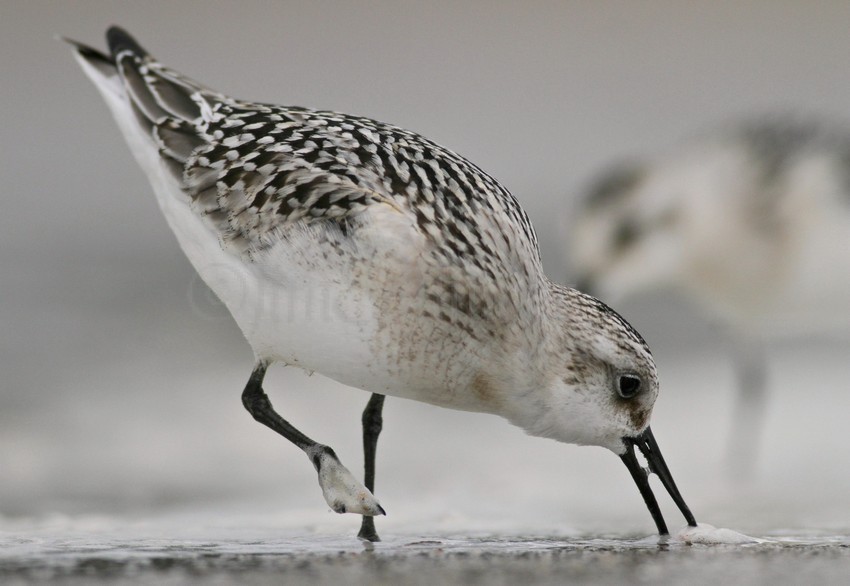
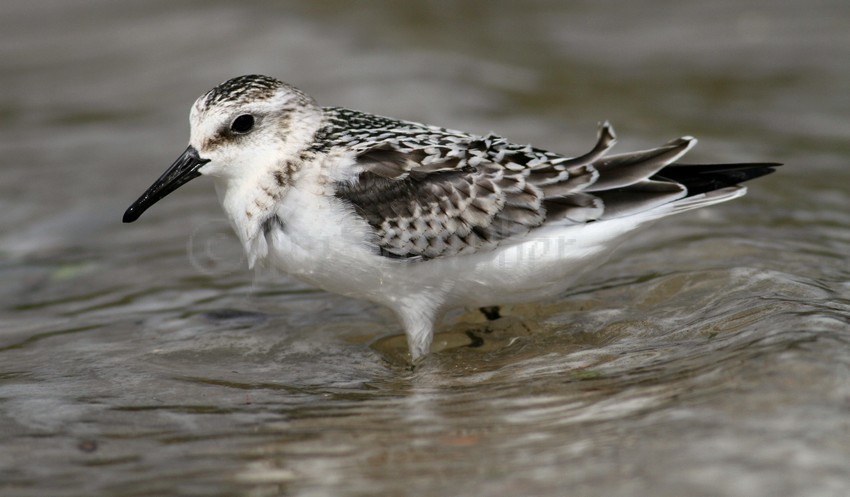
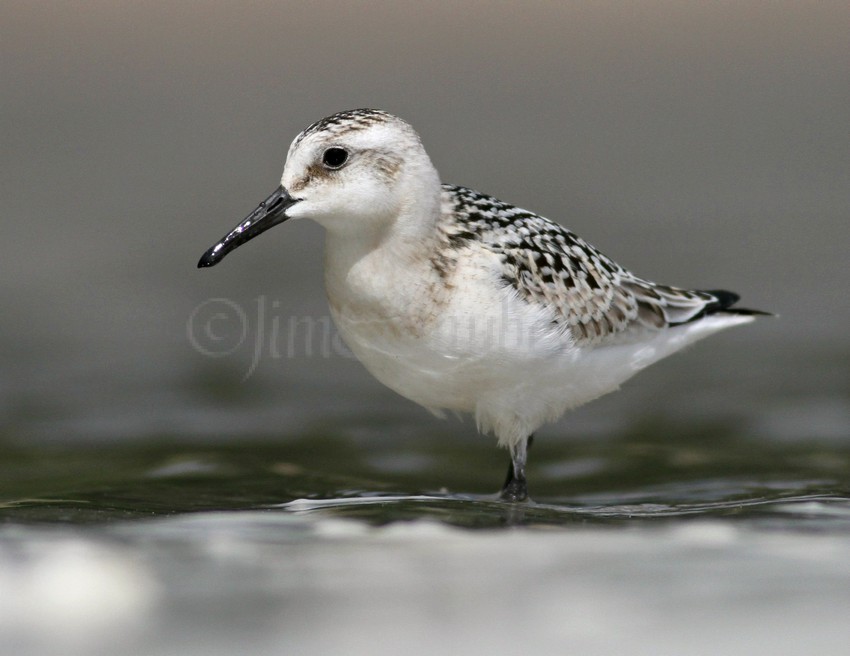
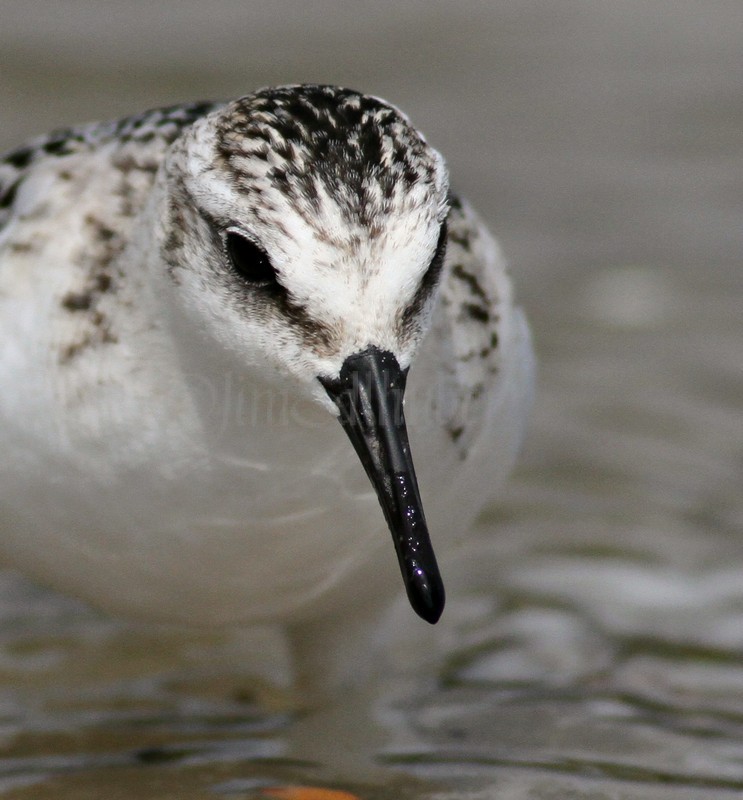
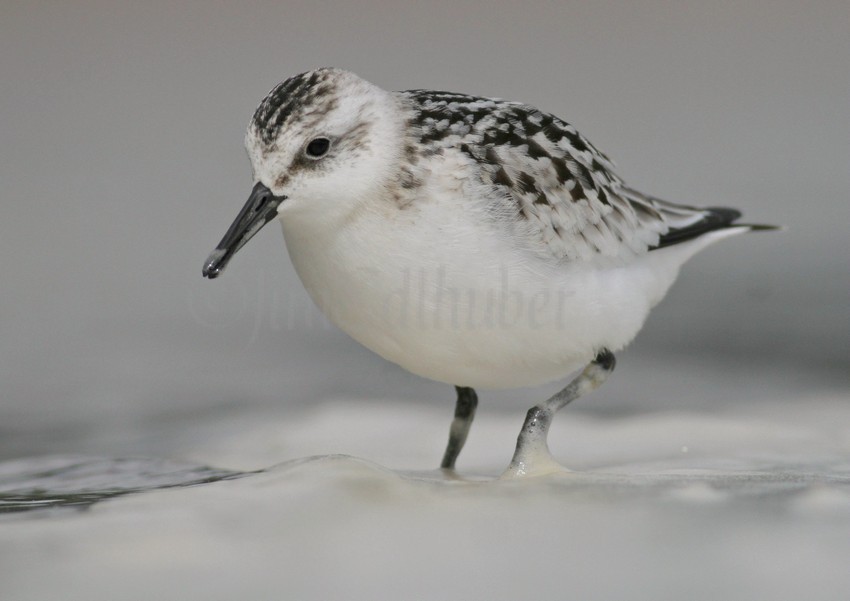
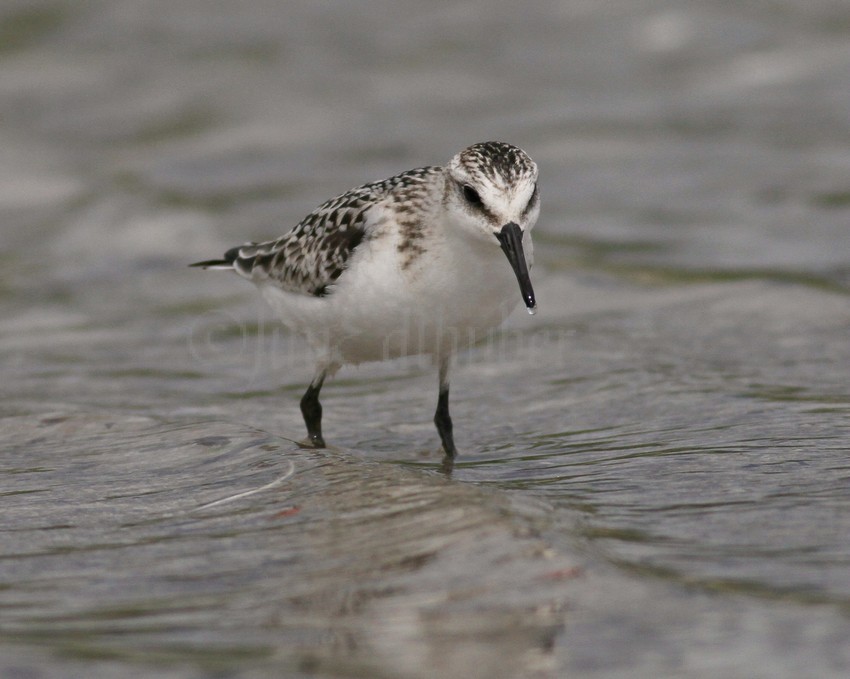
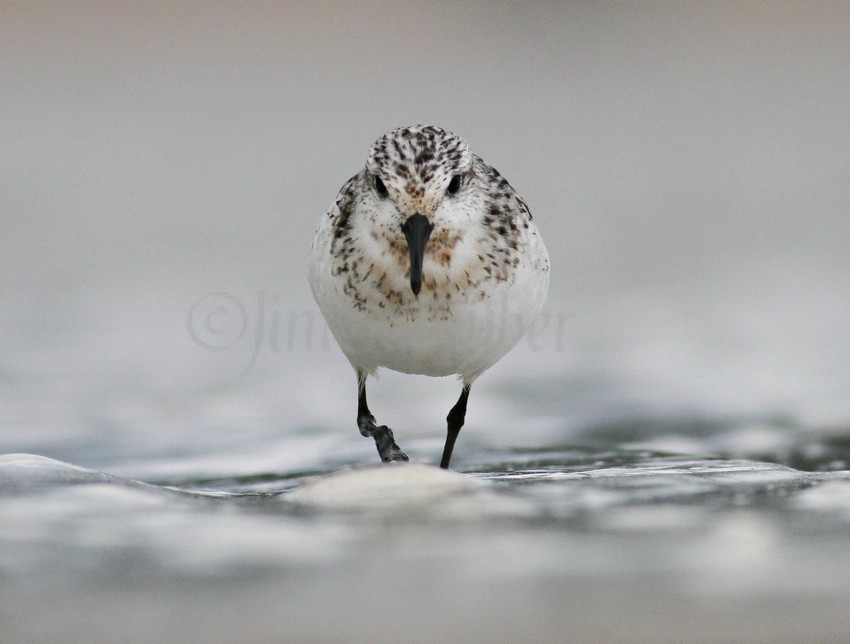
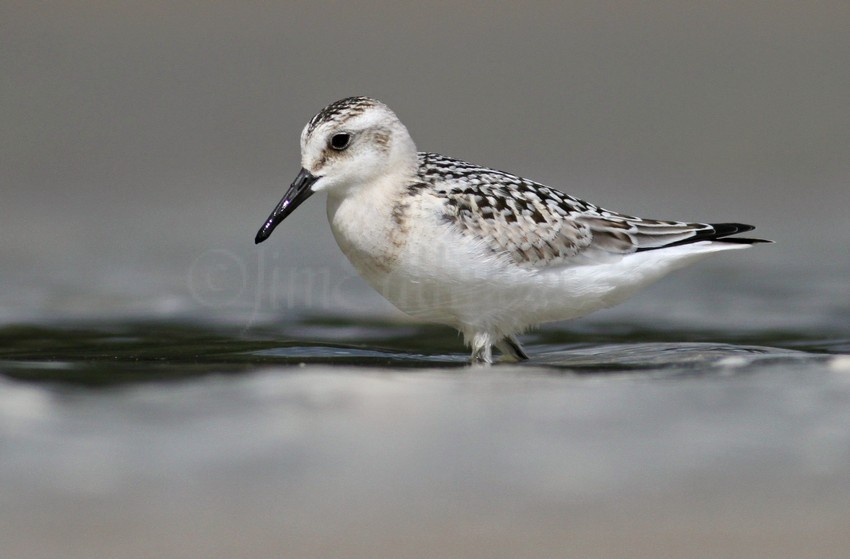
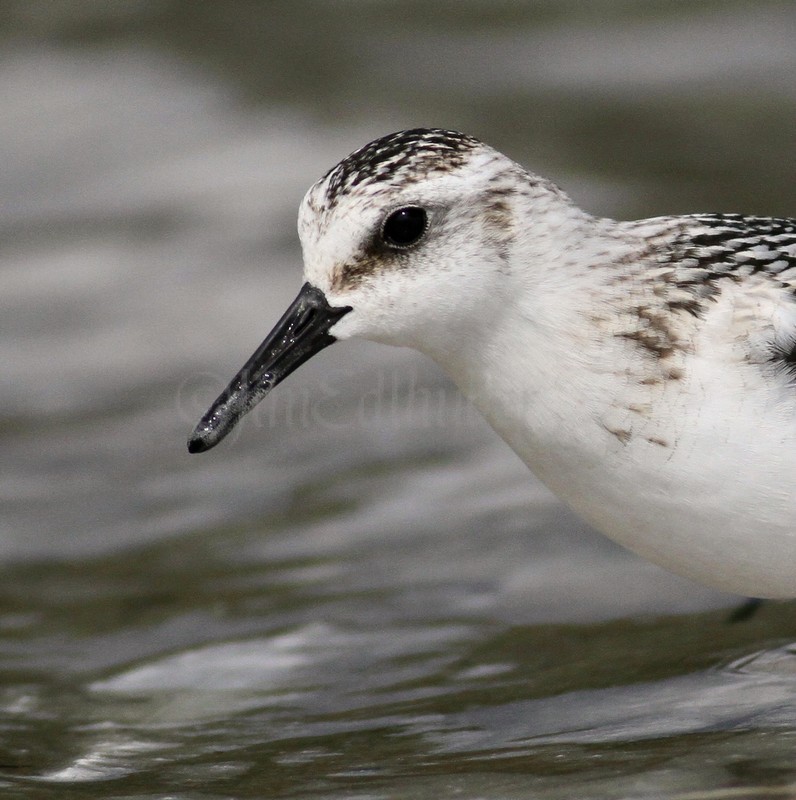
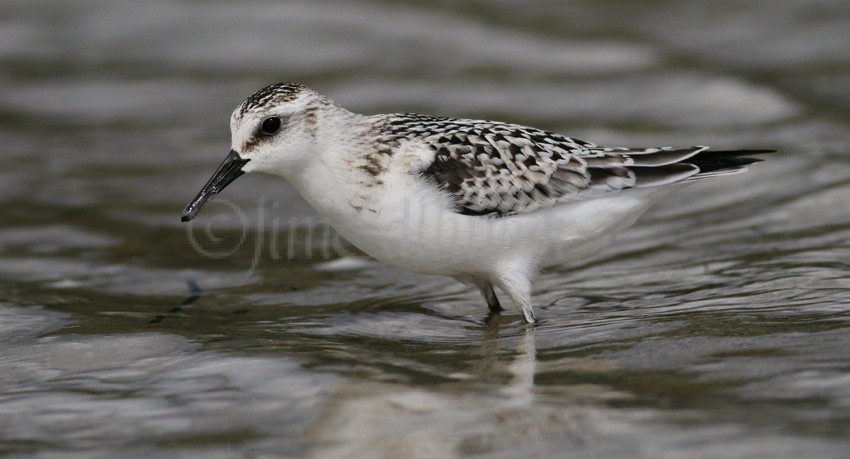
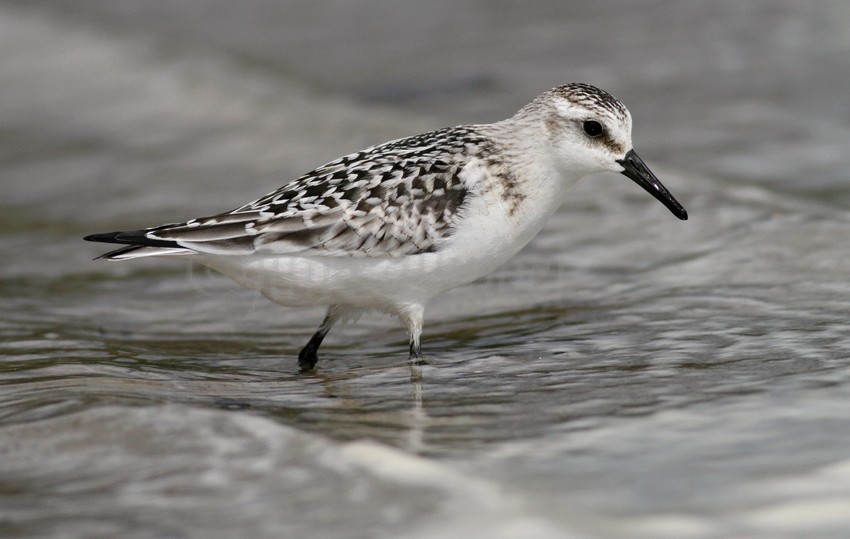
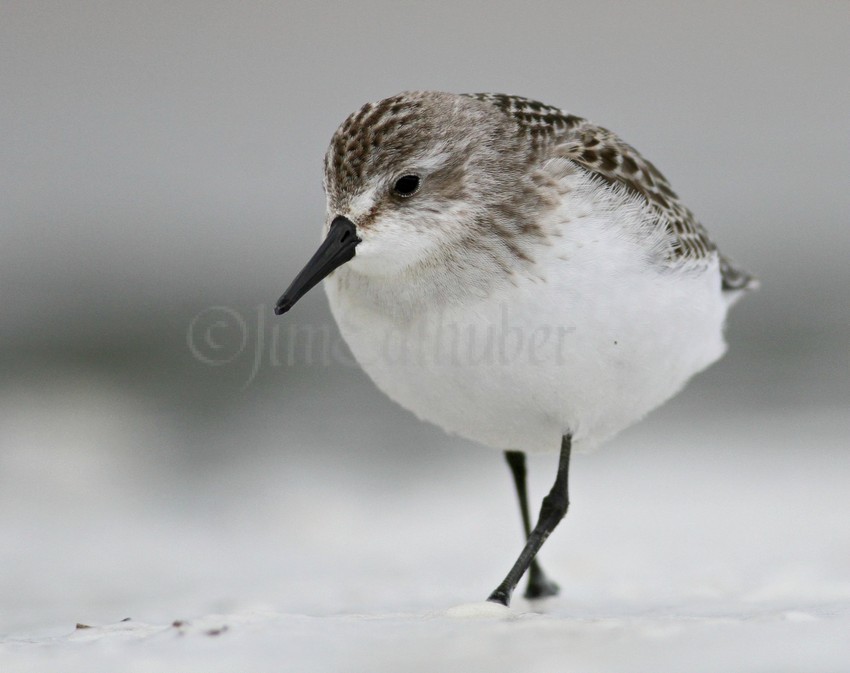
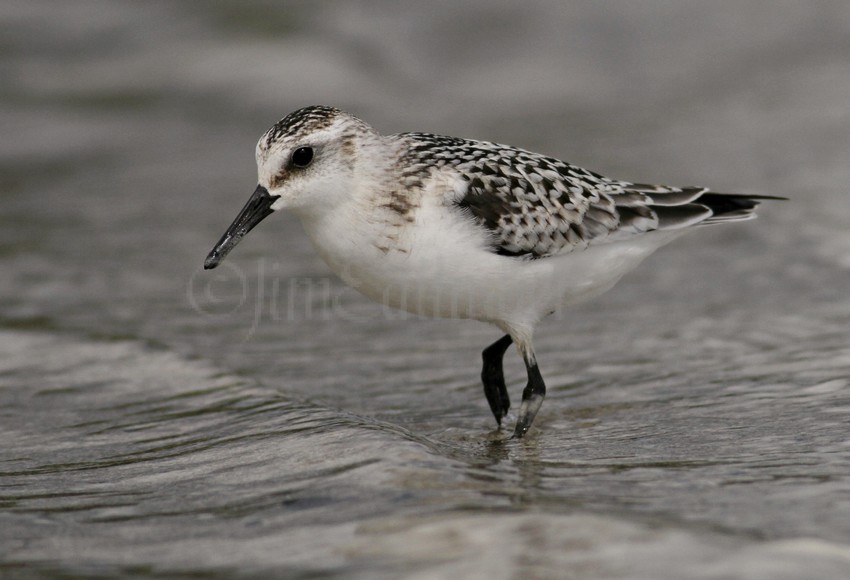
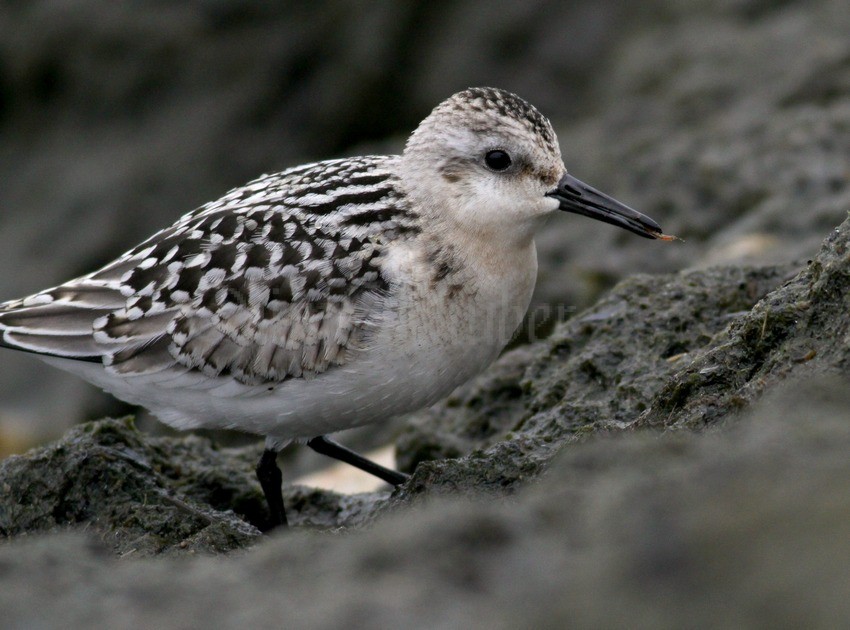
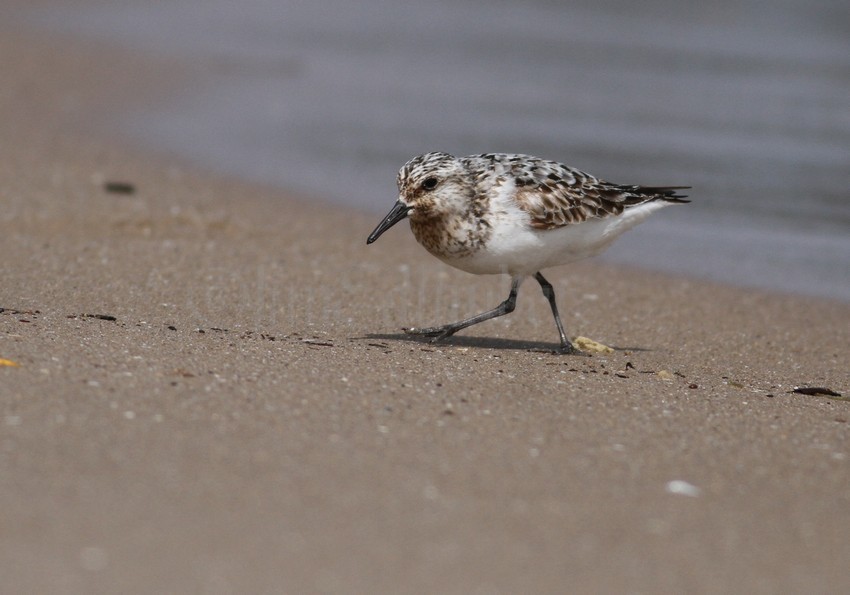
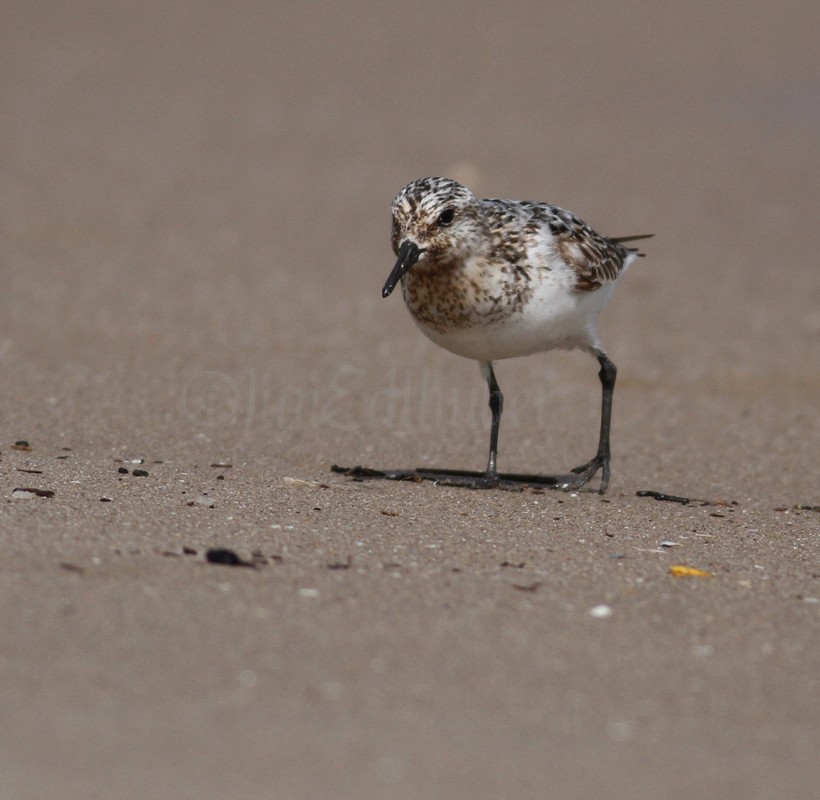
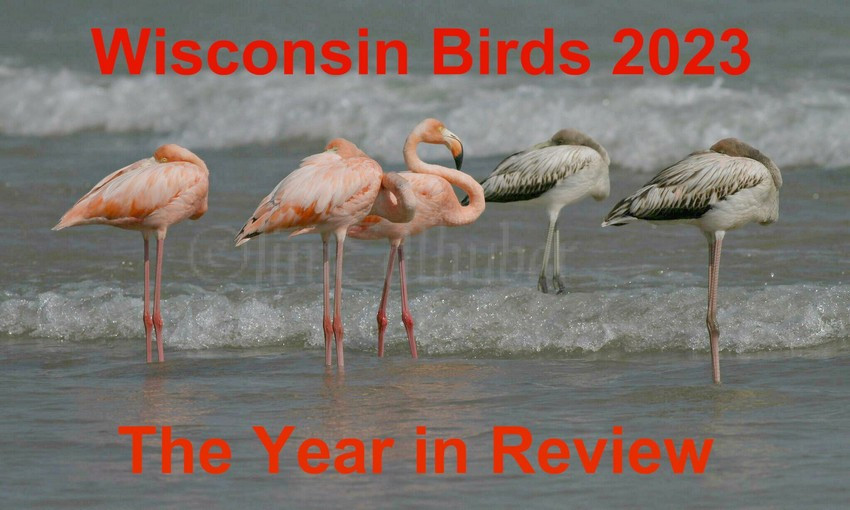
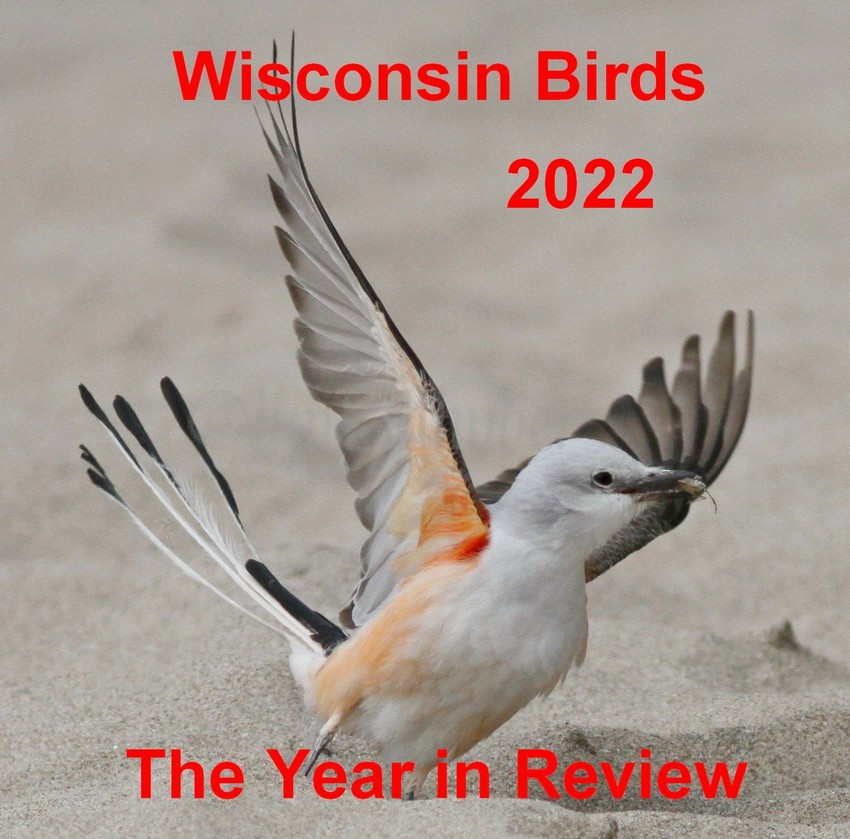
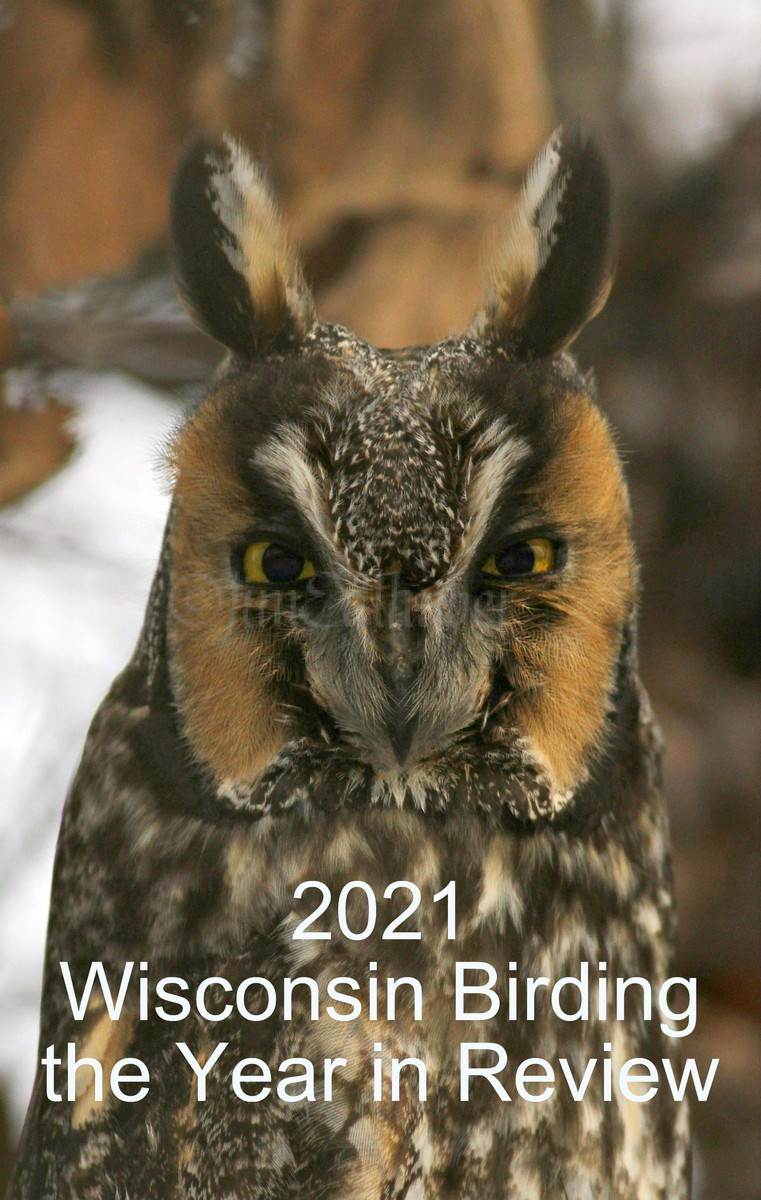
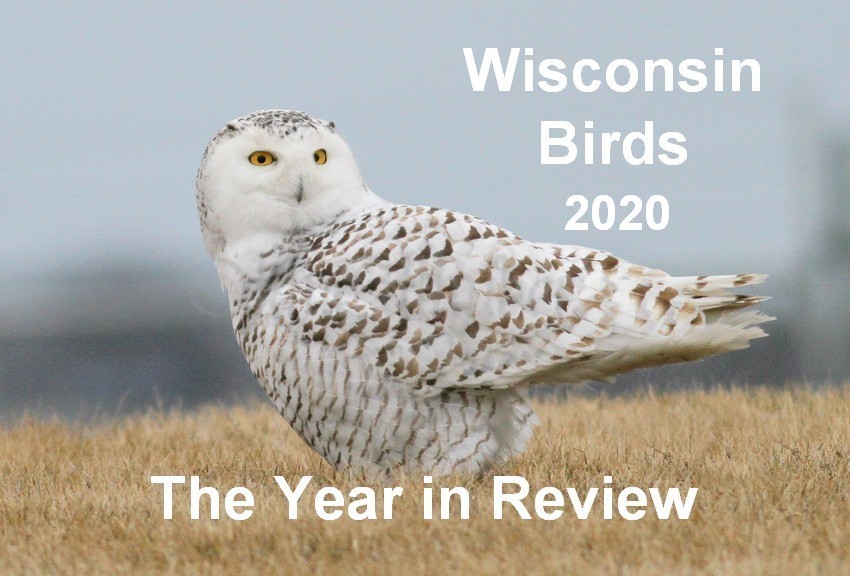
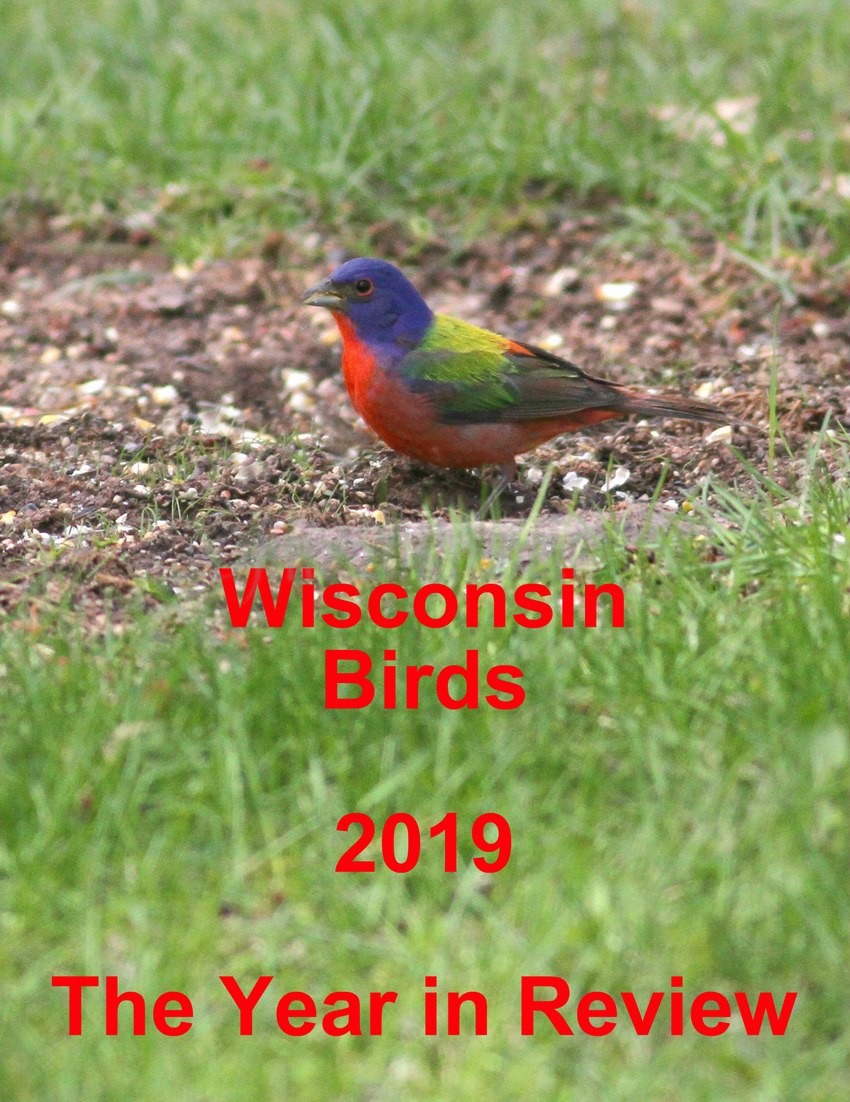
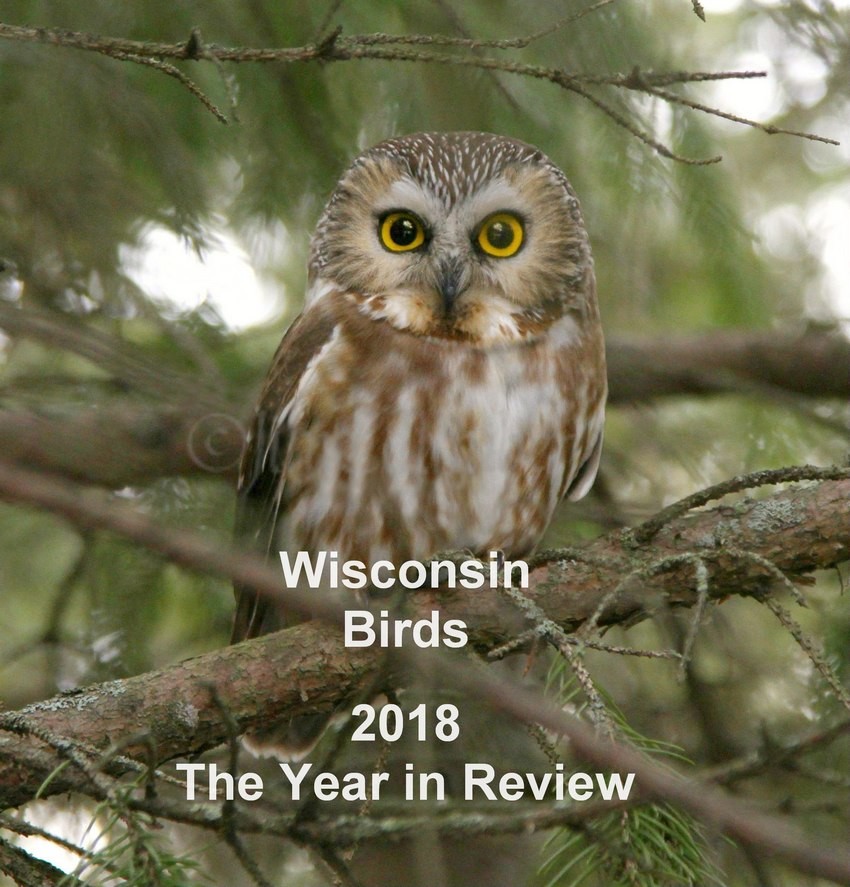
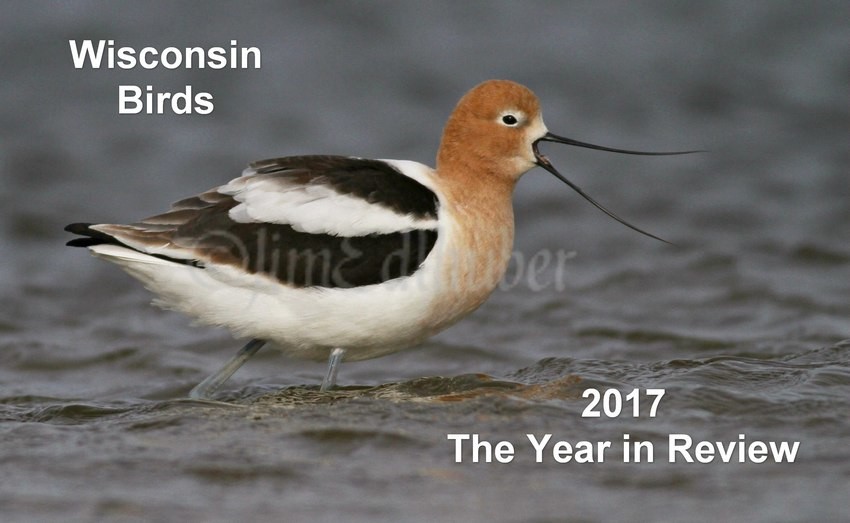
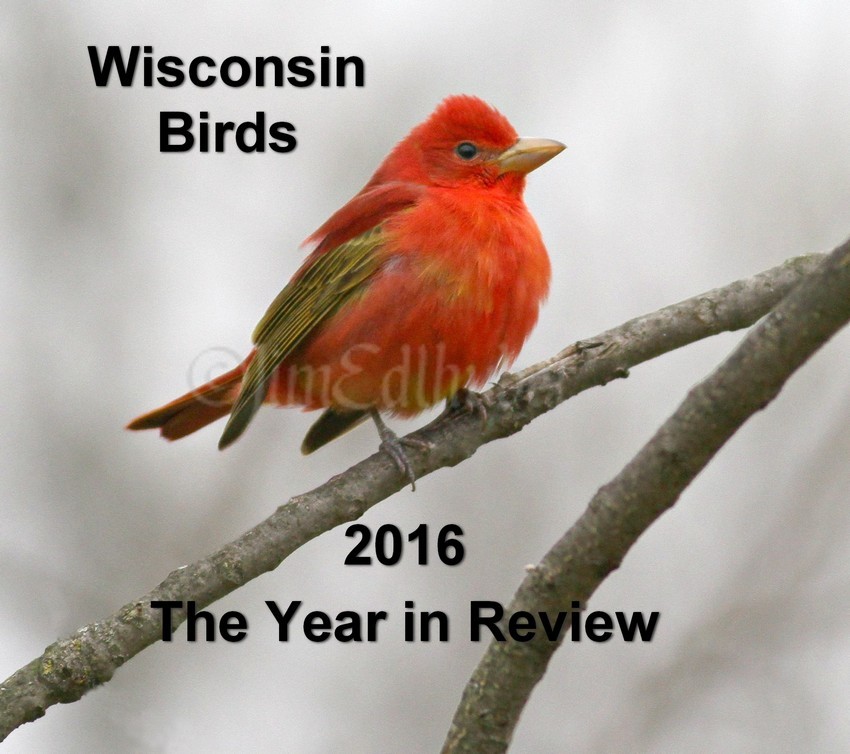
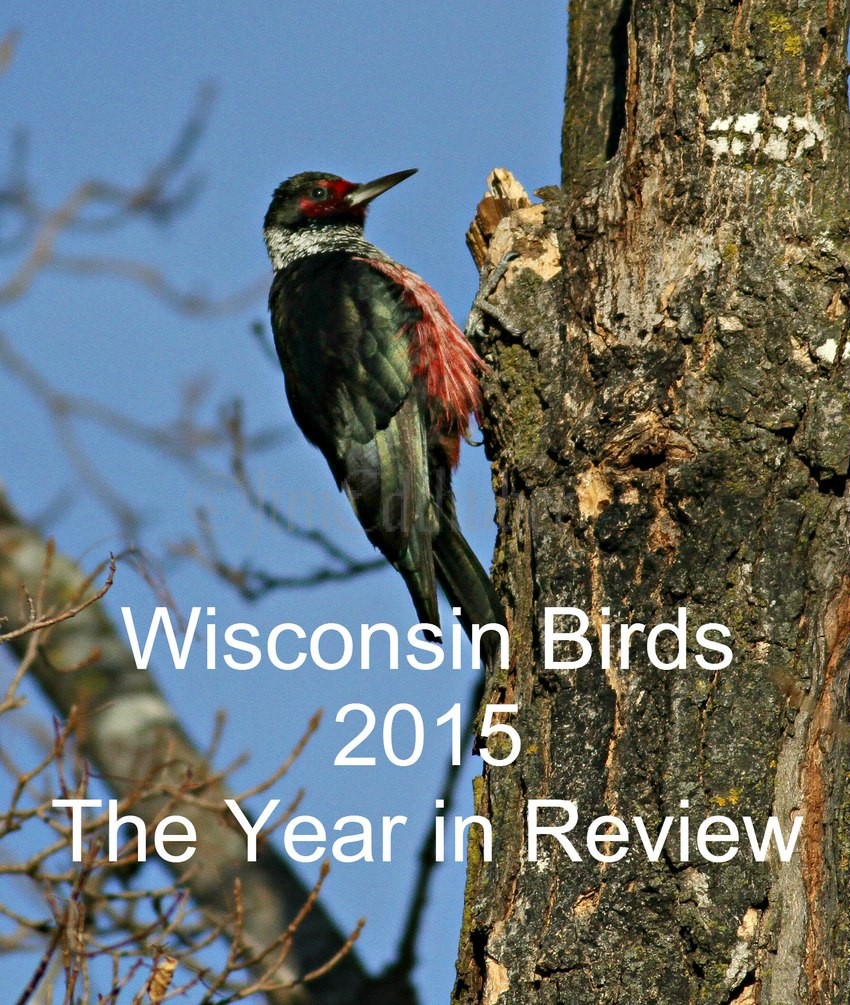
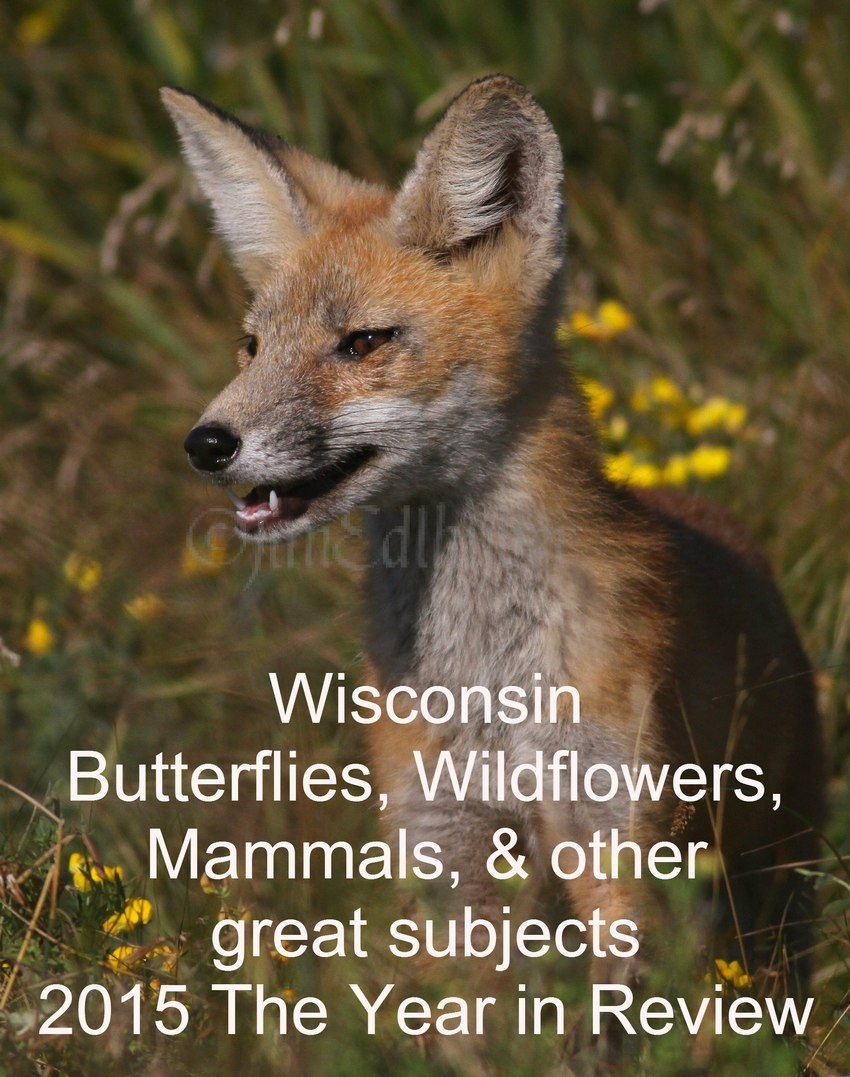
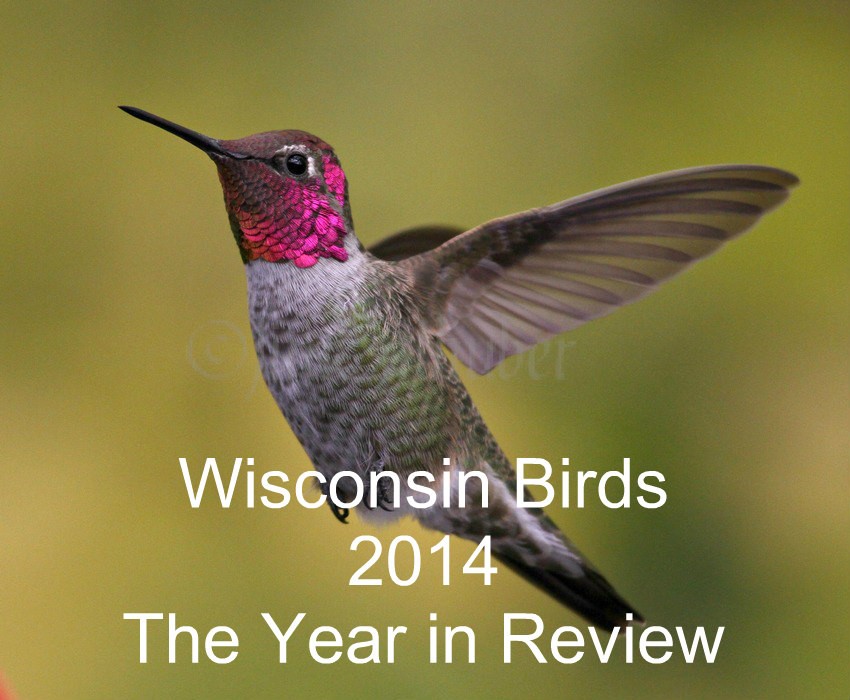
Great photography, any tips for amateurs?
Excellent photography!